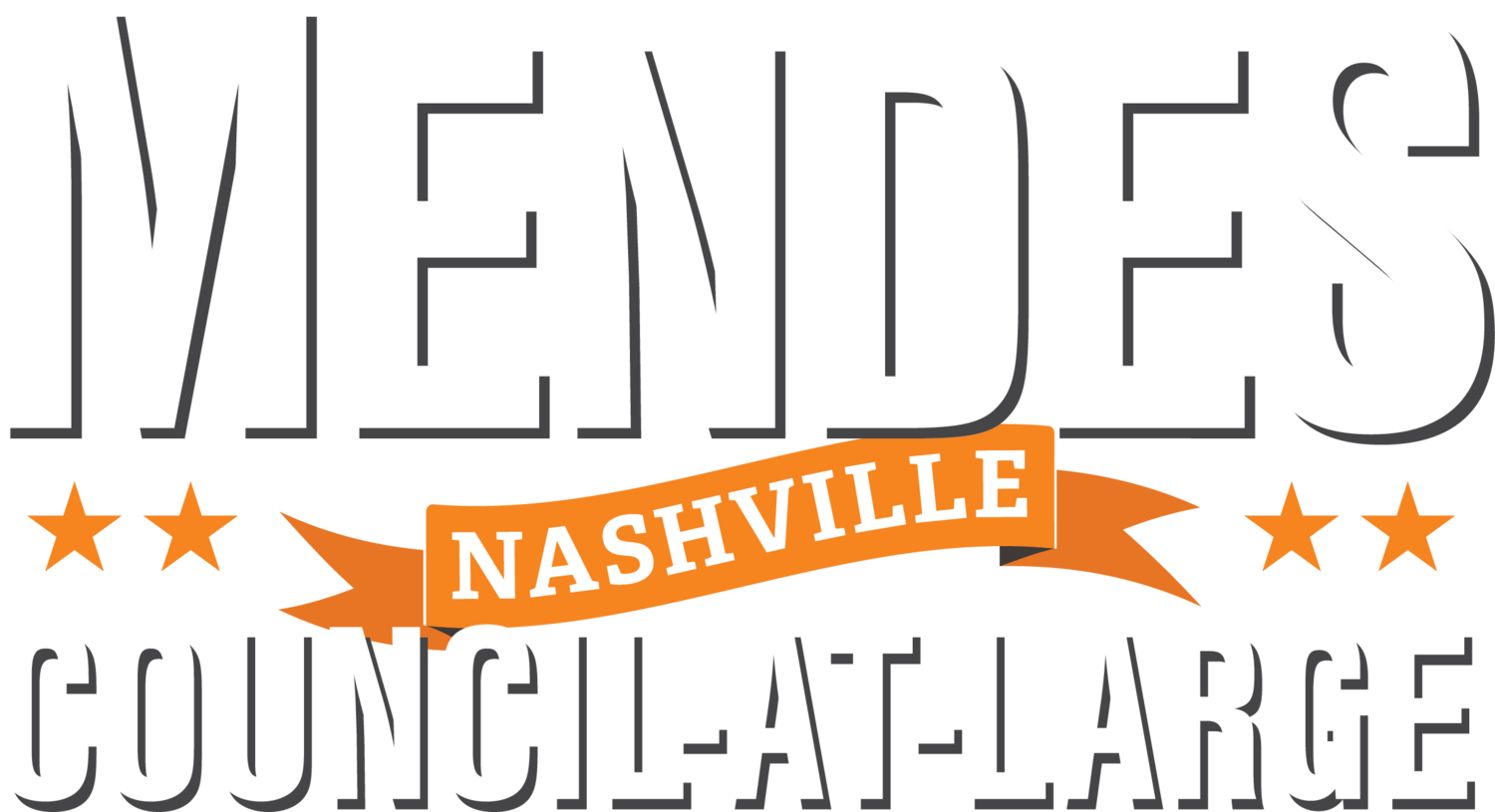What to look for in the mayor’s budget
Tomorrow at 3:30 p.m., Mayor Cooper will lay out his proposed FY21 operating budget for Nashville.
Last year, on the day before Mayor Briley’s budget was announced, I guessed the size of the $2.332 billion budget to within $3 million dollars. This year, because of all of the unknowns, I’ll be lucky to guess it to within $25 million dollars.
I’ll go ahead and guess that the total FY21 operating budget, after whatever property tax rate increase the Mayor proposes, will be approximately $2.475 to $2.5 billion. (That’s probably wrong, but since I have a guess, I might as well share it.)
Here’s a list of the first questions I’ll have when we see the budget tomorrow:
What revenue shortfall is being projected by the Finance Department for the current FY20. Of this, how much is being covered by Metro’s meager rainy day fund or savings, and how much is being funded by Tax Anticipation Notes, known as TANs? Any budget shortfalls in FY20 being covered by TANs will need to be repaid in FY21 and therefore impact the FY21 operating budget.
What revenue shortfall is being projected by Finance for the upcoming FY21?
What new revenue sources (non-tax rate increase) are included in the budget? We know there is a substantial amount of new revenue coming from the convention center and a TIF loan re-financing, and there was substantial new construction in town contributing new property tax revenue? Before the COVID-19 crisis, I was expecting the total new revenue from these various sources to be around $125 million.
For the past several years, the value of every penny of the property tax rate was $3 million. What is the calculation for FY21?
What is the new property tax rate being proposed by the Mayor?
What is the detailed list of all cuts to services being proposed by the Mayor? This is a major question. As I have discussed in a previous post, even with the “sharp” rate increase the Mayor has promised, there may be dramatic cuts to popular services and programs. I hope we are provided a complete list of any cuts from the start.
For several years, Metro has required its departments to find more and more cuts, referred to as “targeted departmental savings.” Will this budget have a fourth year in a row of cuts?
What is the compensation package being proposed for employees? Are there furloughs or layoffs anticipated either directly or as a result of any targeted departmental savings?
Metro will probably fully exhaust its rainy day fund in this FY20. Mayor Cooper will need to propose building some amount of savings? What will be proposed?
Every department’s budget is going to matter — but I’ll talk about two departments here:
For MNPS, I have heard anecdotally that the State law about “maintenance of effort” prohibits Metro from reducing the amount Metro spends on the MNPS operating budget from one year to the next. So I am expecting the amount the Mayor proposes to spend on MNPS to be the same as last year’s budget. Since MNPS is half the budget, this is important.
For We-Go, I have heard from several sources that there is some federal relief money that will help We-Go temporarily. It may be that Metro can modestly reduce its spending on We-Go for this one year without cutting into services. I’ll want to see how this is treated in the budget.
This year’s budget is much more confusing than in prior years. I know that I will have many additional questions after this first batch. But these are the starting point to get oriented for the budget process that will unfold between now and mid-June.
Finally, some caveats. For now, the budget process goes forward on the assumption that the federal government has not created any program where Nashville would be awarded money to make up for lost revenue. If that changes, the budget process will change. Also, there is breaking news today that the Federal Reserve will expand its municipal lending program to buy short term notes (3 years or less) from cities the size of Nashville. Many people will not want Nashville to borrow its way out of this financial crisis, but this is new information today and we will have to take a look at whether borrowing is available and should be part of a path forward.
